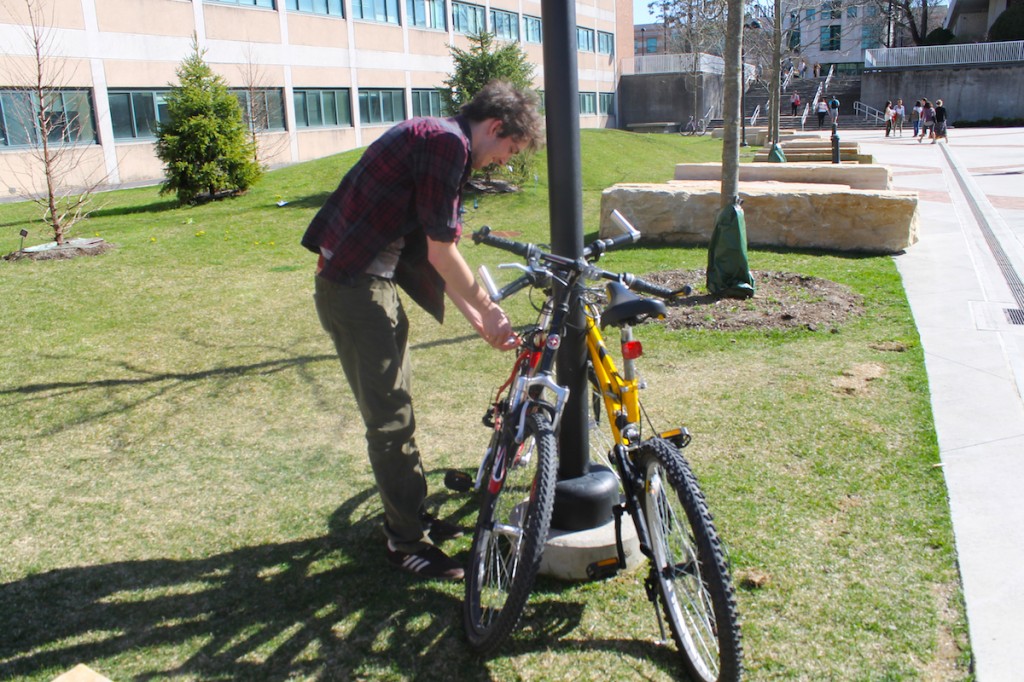As the Wilderness Act turns 50 this year, SUNY New Paltz will join environmental groups, government agencies and nonprofits in celebrating and raising awareness of the importance of preserving forests and wilderness.
September 3, 2014 marks the 50-year anniversary of former President Lyndon B. Johnson’s signing of the 1964 Wilderness Act, which gave the first legal definition of wilderness on a national scale.
The act states that “a wilderness, in contrast with those areas where man and his own works dominate the landscape, is hereby recognized as an area where the earth and its community of life are untrammeled by man, where man himself is a visitor who does not remain.”
Although the date is a few months away, there is great anticipation and active involvement in the celebration of its half-century existence.
SUNY New Paltz President Donald P. Christian has agreed to join the effort in commemorating this act.
Joining with other groups such as the Adirondack Wild, New York State Department of Environmental Conservation, SUNY College of Environmental Science and Forestry and the Nelson A. Rockefeller Institute of Government, SUNY New Paltz is working to get teachers involving the Wilderness Act within their curriculum in order to engage students in the topic.
According to President Christian’s Report to Academic and Professional Faculty, the only planned school-wide event will be a public lecture on a relevant topic of interest in either September or October. All other Wilderness Act educational activities will be left to the teachers.
When the Act was first signed, 9.1 million acres of national forest wilderness were protected. According to The Wilderness Society, the amount of acres of wilderness protected has reached 109.5 million in 2014.
Before the Wilderness Act, state law controlled wilderness protection.
Although it is one of the six states that are not protected by the Wilderness Act, New York’s Adirondack wilderness served as inspiration for the national land protection law.
The “forever wild” clause in Article XIV of the New York State Constitution serves as New York’s wilderness protector.
Effective as of January 1, 1895, ‘forever wild’ has been noted as aiding the creation of the Wilderness Act thanks to its preservation of New York wilderness.
Howard Zahniser, who primarily wrote the Wilderness Act, has famously credited New York as “where wilderness preservation began.”
David Gibson, partner of the Adirondack Wild: Friends of the Forest Reserve, says that Zahniser “originally thought that National Parks were the only wilderness but he came to the Adirondacks and said that if New York can do it, then we can do it nationally.”
“Forever wild” has been a huge success with the Department of Environmental Conservation managing 4.7 million acres of forest preserve today.
The Adirondack and Catskill Forest Preserves make up 2.6 million acres and 286,000 acres of the total wilderness managed by the DEC respectively.
Although big departments and organizations manage the existing wildlife areas, wilderness preservation relies heavily on local support.
“Every piece of wilderness has to be approved by U.S. Congress,” Gibson says. “Local communities need to advocate for every piece of wilderness.”
The ‘wilderness50’ initiative will launch officially on May 7 in an event at the Rockefeller Institute.
